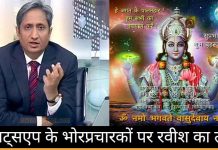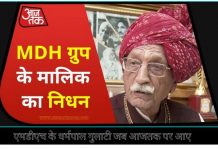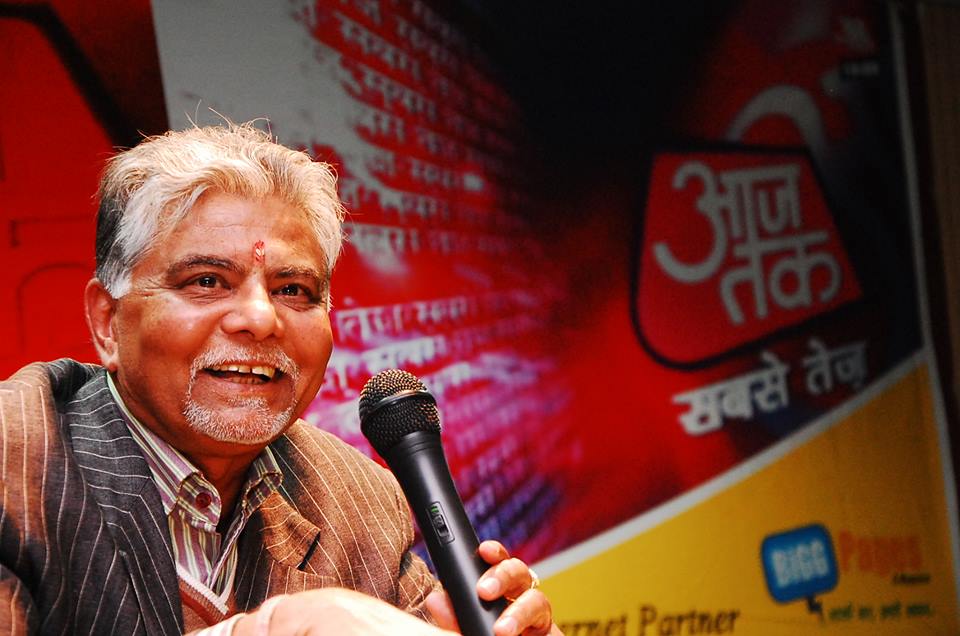
ज़ी -जिंदल ब्लैकमेलिंग प्रकरण पर अब जब बातचीत कम हो रही है. स्क्रीन के पर्दे से खबर गायब है. ज़ी न्यूज़ दूसरी ख़बरों के माध्यम से पत्रकारिता के स्याह पन्ने को ढंकने की फिराक में है. पंचलाइन तक बदला जा चुका है कि सोंच बदलो , देश बदलो. वैसे में द हिंदू ने आज संपादकीय पन्ने जी – जिंदल से जुड़ी खबर पर लेख छापकर ये बता दिया कि मामला अभी जिंदा है और यूँ रफा – दफा नहीं होने वाला है. पेश है द हिंदू का लेख.
The death of the reporter
Sandeep Bhushan
The Zee “extortion” case in which the news network is alleged to have demanded Rs.100 crore in return for rolling back its campaign against steel tycoon Navin Jindal’s “misdemeanours” in coal block allocations (for the family owned Jindal Steel & Power Limited or JSPL), is a deeply layered story that deserves a closer look than has been provided by mainstream media.
Were Sudhir Choudhary and Samir Ahluwalia, the two editors caught on camera allegedly “extorting” money doing so at the owners’ behest? Why did they have a near five-minute-long conversation with Zee owners soon after meeting officials of the JSPL, as claimed by the Delhi Police? Of course the matter is before the courts and it would be unfair to rush to any judgement.
But the alleged scam points to a much larger story — the growing intervention of owners/promoters in determining the news content in TV broadcast news networks. The alleged “extortion” story vividly illustrates how TV broadcast networks function and where journalists stand today in the larger context of business consolidation and unrelieved financial crisis in the media. In many ways this is a landmark “story” in the history of the Indian media, especially TV broadcast journalism.
Those who, like the present writer, have spent long years “reporting” politics in news networks are painfully aware of the growing micromanagement of news gathering operations by promoters. To be sure, this phenomenon is not new. The First and the Second Press Commissions (1954, 1982) had underlined the “power of the holder of a monopoly to influence his public in any way he chooses” and had called for proper controls. Robin Jeffrey, the celebrated chronicler of India’s print capitalism, was told by journalists of the Eenadu group who had been “directed” to back N.T. Rama Rao, that they were doing so “to protect our salaries.”
The Radia tapes
In television, the crisis has exacerbated ever since the global meltdown in 2008. The first evidence of it came in the wake of the Radia tapes. At least one of the stories which did not receive the kind of traction it deserved was the startling story of how Niira Radia, representing diverse business interests, served as “conduit” for the salaries of employees working in a particular news broadcast organisation.
Post-2008, the really big corporate guns have moved into TV media space, muscling out the beleaguered promoters. The increased stakes of Reliance in CNN-IBN, which will also give it (direct?) control over the Eenadu group, the southern behemoth, remains the best example. More recently, there have been unconfirmed reports that the Aditya Birla group, which already has a 27.5 per cent equity stake in the TV Today group, is keen to up its stakes to 51 per cent in one of India’s most influential media conglomerates.
Editor as ‘front’
What does this mean for news gathering operations?
The implications are fundamental and far too many. I will only stick to the basic points.
The most far-reaching is the redefinition of the role of the editor. Increasingly his/her profile not merely entails leading the pack in the TRP race, but crucially acting as the “front” for the promoter in order to provide an appearance of both credibility and acceptability within the industry. The promoter’s line — his whims and fancies, idiosyncrasies and perhaps, most damagingly his political “preferences” — is increasingly the editorial line. It is not my case that this state of affairs uniformly prevails in all TV broadcast networks. But any “insider” will confirm that this is pretty much the picture by and large.
This has resulted in growing centralisation of newsgathering operations. Editorial monitoring is closest with regard to “political” reportage because it is here that the government of the day can be really hit hard. In my experience of reporting “political” stories it was virtually impossible to generate a story in the field and hope that it got aired unless it coincided with the editorial “line.” “Political” stories invariably emerged from the “top.” Often a reporter may not even have a say in the particular “angle” of a story to which only he or she has privileged access. This has virtually taken the (political) reporter out of the scheme of things in broadcast journalism.
Soft on Maruti
Editorial control is tight with regard to reportage involving private corporations. The best-known example in my experience was the strike by Maruti workers in July last year. When the strike did get reported, it was completely one-sided and light years away from the kind of wall-to-wall coverage of dramatic events news networks are known for. Editors were candid enough to admit that as Maruti was one of their principal advertisement benefactors, they could hardly have gone “big” on the story.
The implications of this new-found symmetry have grievously impacted newsgathering operations. For one, those on the reporter’s “beat” know full well that it is the editor who is the final arbiter. Therefore, they simply vault over the head of the reporter. This is increasingly the case on “political” beats especially when there are critical moments like elections round the corner.
Hire a rookie
Second, it also creates a system in which sources have a diminishing need to “cultivate” the reporter, which is a body blow to the journalist’s pivotal role in “constructing” news. As a result, television reporting can hardly offer any meaningful “exclusives” and follow-ups, ending up piggybacking on the print media almost completely. Is it then any surprise that there is a sense of dreary sameness across news networks in the prime-time band?
The steady tabloidisation of news, the growing pre-eminence of “reality” television masquerading as “hard” news which consumes hour upon hour of “live” footage points to an emerging system where the reporter is rapidly becoming obsolete and redundant. The average age of television journalists has dipped mainly because the job profile is increasingly about collecting bites and uplinking — something which can be done by anyone. Why pay more to an experienced hand when a rookie can do the job for a quarter of the amount, with the added eagerness to slog long, unearthly working hours?
With no real expansion in media business, there is job insecurity all around — not only for the poor dispensable reporter but even for the editor who may be on contract. After all the shrinking of job opportunities is an across-the-board phenomenon and leaves nobody secure in the editorial pyramid. (Two years ago The Hindu’s P. Sainath [at a lecture in Mumbai called “Catalyst for Change”] estimated that nearly 3,000 journalists had lost their jobs post-2008.)
The disempowering of the reporter has strengthened the hands of the editor and, by implication, the promoter. The real repository of wisdom has shifted to the news studio with its band of pseudo-experts and instant commentators. Studio discussions increasingly form a major proportion of “news” content. These work out cheaper (you don’t have to send out reporters) and can be editorially “controlled” much like a laboratory experiment. The studio guests are “experts” with well-known views and stated positions, both for and against the issue on the table. Such simulated “cockfights,” staple of prime-time television, also ensure that no discussion breaches the carefully media “manufactured consent” (Noam Chomsky) essential to the perpetuation of the status quo.
The irony is that all this comes at a time when democracy is growing deeper roots across the country with more political awareness.
A “top-down” editorial flow and homogenised news content which rob politics of its critical impulses (not in the narrow sense of BJP versus Congress), have made the state’s job of “managing” media a lot easier and hassle free.
More crucially, the sheer absence of diversity in content and editorial homogenisation are a body blow to India’s plural underpinnings. What is therefore needed is not just a Leveson-like Inquiry, as suggested by several prominent liberals, to clean up the mess but a whole slew of reforms which will i
nclude more protection to journalists; a more meaningful effort to professionalise management; and, above all, strong antitrust laws to ensure diversity both in ownership and content.
(Sandeep Bhushan is a former TV journalist who teaches at Jamia Millia Islamia.)










